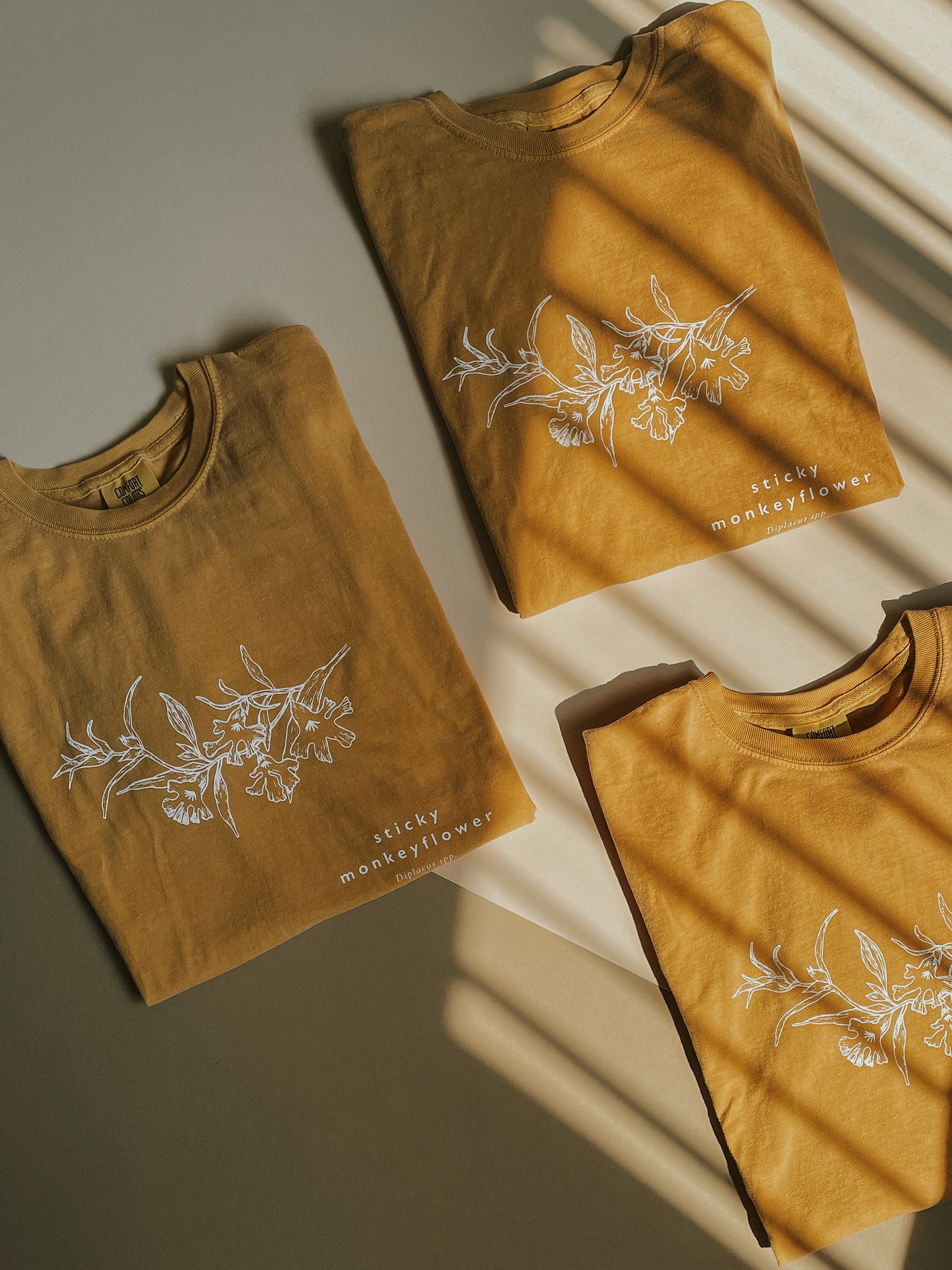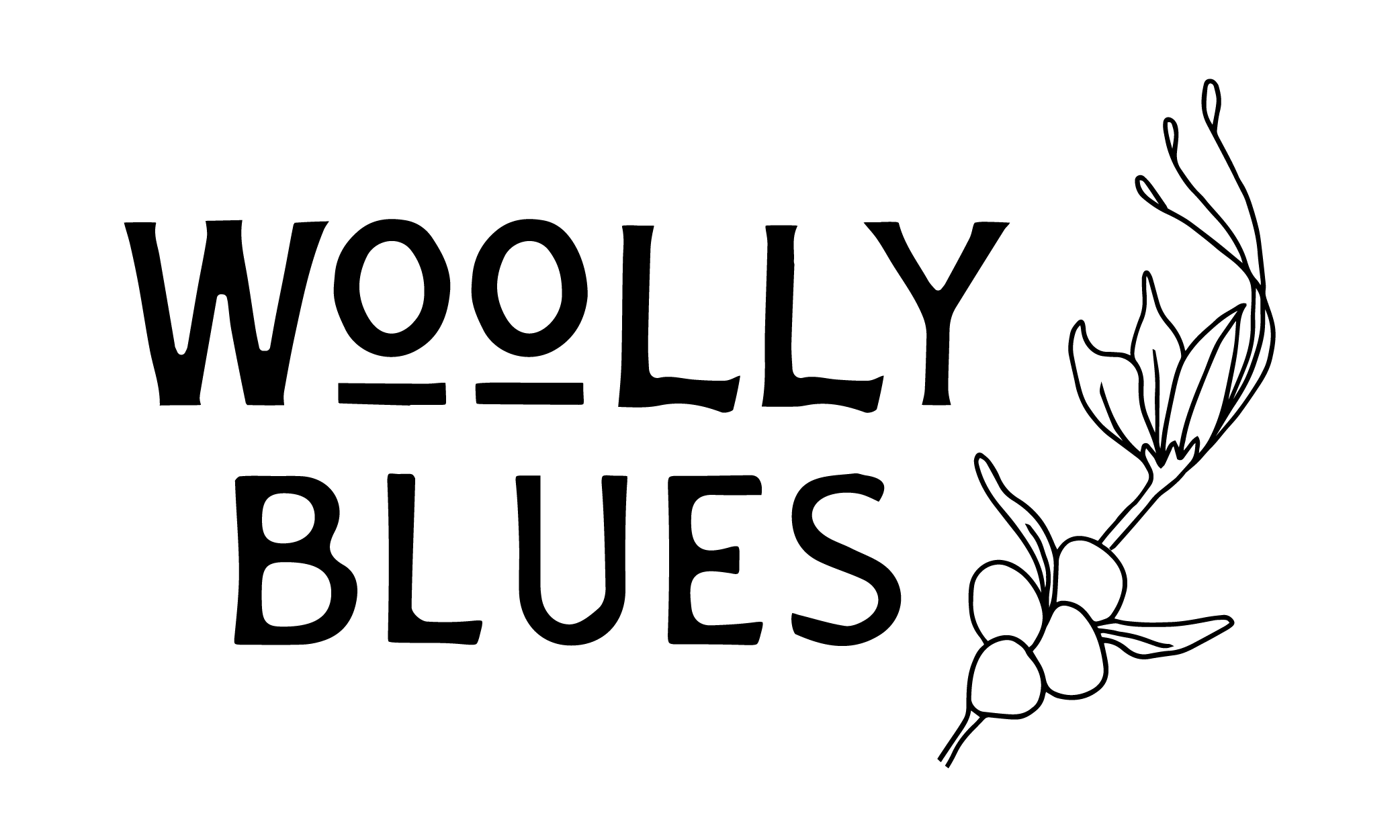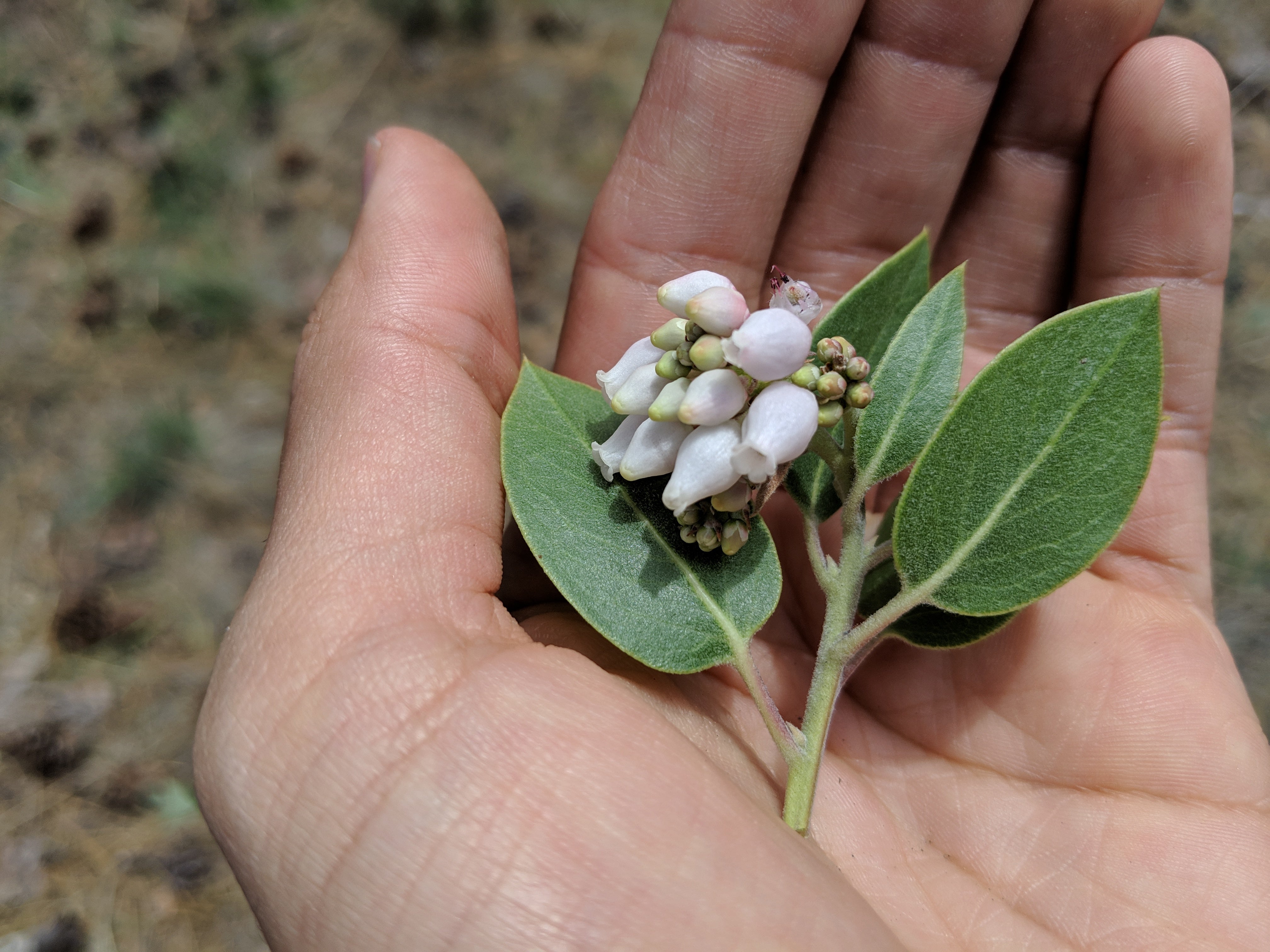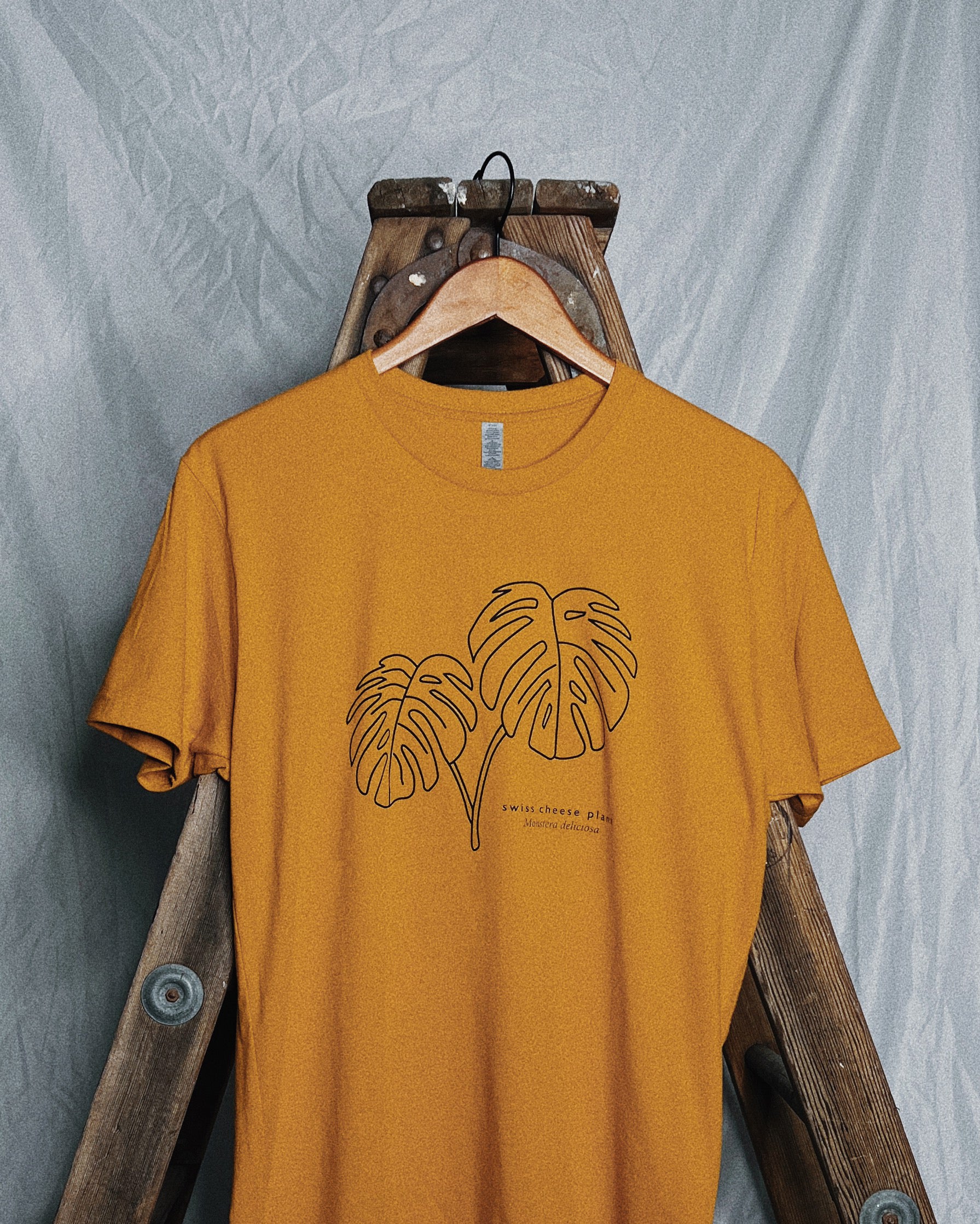
How to plant sticky monkeyflower in your garden
Sticky monkeyflower (Mimulus aurantiacus) is a beautiful addition to any native plant garden, but planting it can be a bit tricky. Luckily, we've got you covered with the top five best tips for successful sticky monkeyflower planting.
Sticky monkeyflower is a semi-evergreen perennial plant that is native to the western portion of the United States. It forms a woody, upright shrub of slender, dark green leaves that are sticky to the touch. With its bright yellow or orange flowers and sticky leaves, this native plant is sure to attract pollinators and add some interest to your garden.
The best reason to plant a sticky monkeyflower plant in your garden
Not only is this plant aesthetically pleasing, but it is also an important part of any native plant garden. By planting native plants like the sticky monkeyflower, you're helping to support local pollinators and ensure the health and biodiversity of your local ecosystem. Plus, since it's native to many regions of the United States and Canada, it's an easy addition to any garden with the added benefit of being low maintenance. So why not add a sticky monkeyflower to your garden and enjoy both its visual appeal and its environmental benefits?
The five best tips for planting sticky monkeyflower plants in your garden
1. Choose the Right Location
Sticky monkeyflower plants thrive in locations with full sun to partial shade. They need at least four to six hours of direct sunlight each day, but appreciate some afternoon shade in hotter climates. Picking the right spot is crucial as the plant is adapted to the specific light and temperature conditions of its native habitat.
In terms of soil requirements, these plants prefer well-draining soil, are drought tolerant, and can survive in a variety of soil types. However, they perform best in slightly sandy or gravelly soils. The soil should also be slightly acidic to neutral.
Remember, a location that mimics the plant's natural environment will yield the best results. Choose the right location carefully, considering all these factors, and your sticky monkeyflower will have a strong start in life.
2. Preparing the Soil
Once you've chosen your planting location, it's time to prepare the soil. Start by removing any weeds or debris from the area. Then, loosen the soil to a depth of 8-10 inches using a garden fork or tiller. This will help the plant's roots penetrate the soil more easily.
If you're planting in an area with heavy clay soil, consider adding sand or perlite to improve drainage. Additionally, adding compost or other organic matter can help improve nutrient retention and soil structure.
Remember, sticky monkeyflower prefers slightly sandy or gravelly soils, so aim to create a loose, well-draining soil environment. Also, check the pH of your soil. If it's not slightly acidic to neutral, you may need to add soil amendments to adjust the pH. Proper soil preparation is a critical step in planting sticky monkeyflower and will go a long way in ensuring successful growth.
3. Planting Technique
When planting your sticky monkeyflower, be sure to dig a hole that is slightly larger than the plant's root ball. Gently remove the plant from its container, being careful not to damage the roots. Place the root ball in the hole and backfill with soil, tamping it down gently as you go. Be sure to water the plant thoroughly immediately after planting to help settle the soil.
Begin by digging a hole that is twice as wide and just as deep as the pot your sticky monkeyflower is currently in. This will give the roots plenty of room to spread out and establish themselves.
Place the plant in the center of the hole, ensuring that the top of the root ball is level with or slightly above the soil surface. This positioning aids the plant's adjustment to its new surroundings and reduces the risk of water-logging.
Backfill the hole with the soil you removed earlier, lightly firming it as you go to eliminate any air pockets. Water the plant thoroughly after planting, ensuring the soil is moist but not saturated.
Repeat watering every few days for the first few weeks, reducing the frequency as the plant establishes. Mulching around the plant can help retain soil moisture and suppress weed growth. However, avoid piling mulch directly against the plant stem, as this can promote rot.
Following these planting techniques will help your sticky monkeyflower to thrive in its new environment.
4. Water and Fertilization
Sticky monkeyflowers are drought-tolerant plants, but that doesn't mean they don't appreciate a good drink, especially during their establishment phase. Water the plant deeply every week for the first few months until it's well-established. After that, water the plant regularly but make sure not to overwater it. The soil should be allowed to dry out between waterings to prevent water-logging and root rot.
As for fertilization, sticky monkeyflowers are adapted to poor soils and do not usually require added nutrients. However, if your soil is extremely poor, you can add a slow-release, low-nitrogen fertilizer in the spring as new growth begins. Over-fertilizing can result in lush, soft growth that is more susceptible to disease. Don't fertilize in the late summer or fall, as this can stimulate new growth that will be vulnerable to damage from cold weather.
Remember, the key to successful growth of sticky monkeyflowers is balance - enough water to sustain the plant, but not so much that the roots become soggy, and just enough fertilizer to add nutrients, but not overdo it.
5. Maintenance
Maintenance of the sticky monkeyflower is relatively straightforward due to its hardy nature. Start by deadheading spent flowers, which encourages further blooming and keeps the plant looking tidy. Keep an eye out for any signs of disease or pests such as aphids and caterpillars. If detected early, these can often be handled with minimal use of organic pesticides.
Pruning is an essential part of sticky monkeyflower care. Trim back the stems by a third in late winter or early spring before new growth begins. This promotes vigorous and healthy growth. Be aware though, heavy pruning or cutting into old wood can stress the plant and may cause it to die back.
Finally, sticky monkeyflower goes semi-dormant in the summer and may drop some leaves. This is a normal adaptation to the hot, dry conditions it is used to in its native habitat and not a cause for concern.
Conclusion
With these tips in mind, sticky monkeyflower shrubs can make a robust, beautiful, and low-maintenance addition to your native plant garden.
To successfully plant sticky monkeyflower, remember to choose a location with well-draining soil and plenty of sun. Don't forget to water regularly, especially during dry spells. Pruning dead flowers and stems will encourage new growth and prolong the blooming season. Finally, consider planting with other native plants to create a cohesive and sustainable garden ecosystem.
With these top five tips, your sticky monkeyflower will thrive in your native plant garden!
Shop our store to support native plant nurseries.



Leave a comment
This site is protected by hCaptcha and the hCaptcha Privacy Policy and Terms of Service apply.